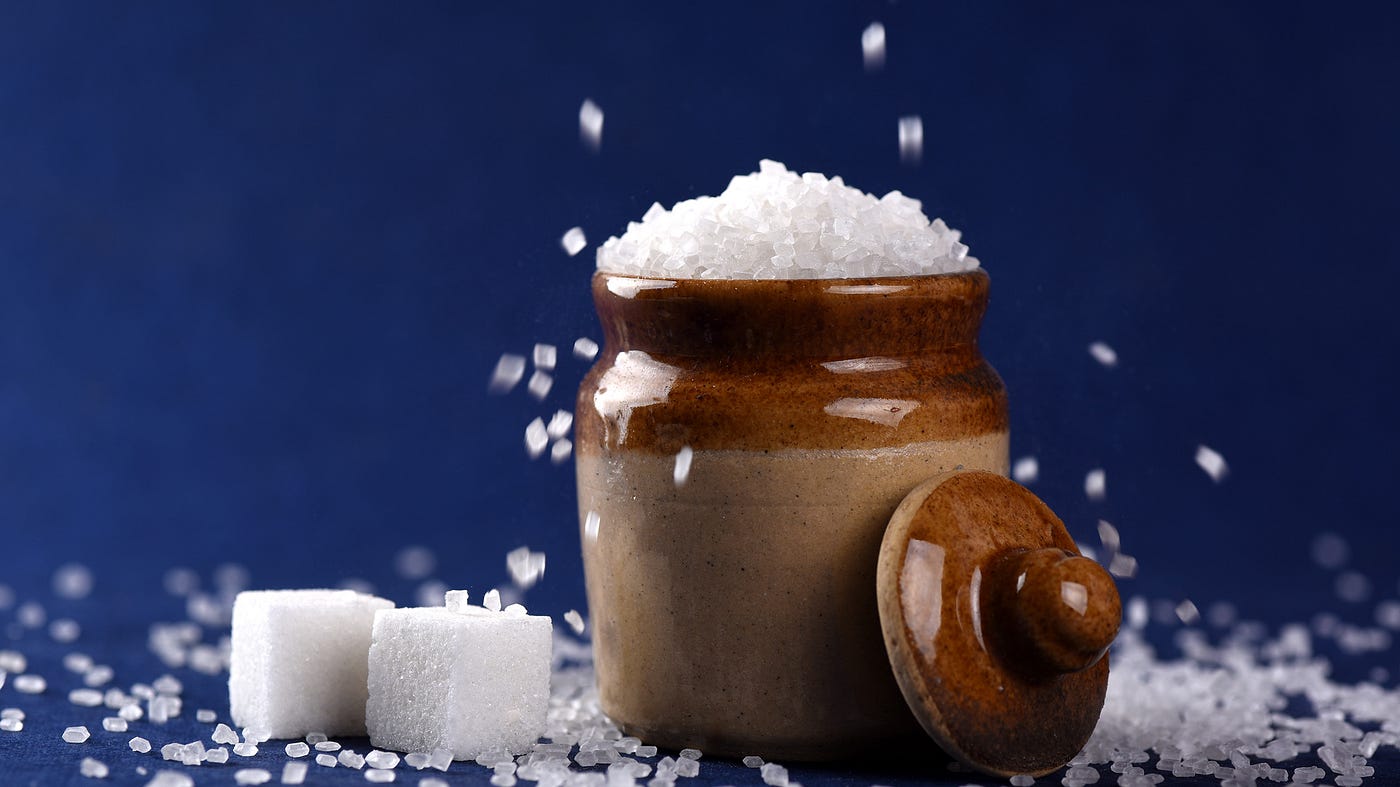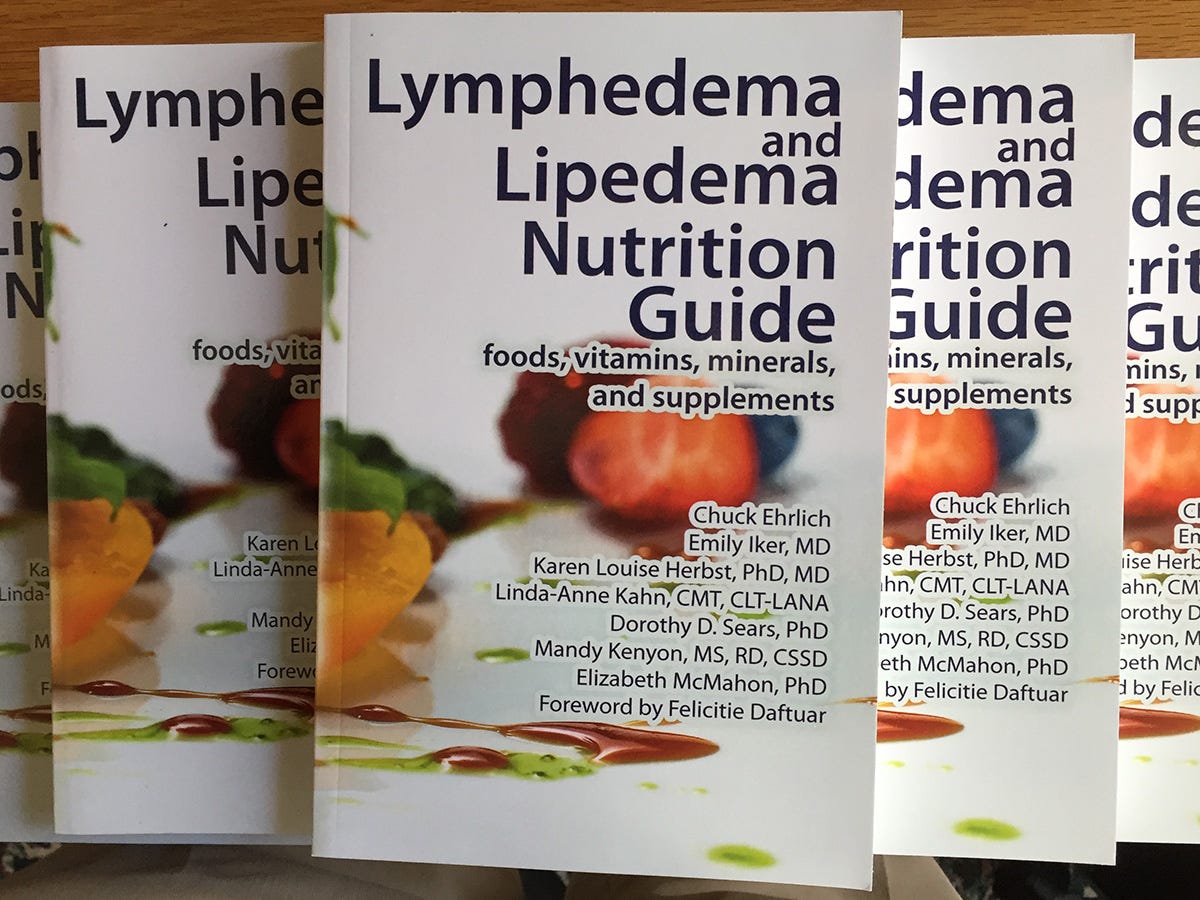Diet Soda Swollen Lymph Nodes
Sugar and Lymphatics: Not So Sweet
![]()
How sugar makes you fat and sick, plus three changes to help you feel better
Sugar has become so common that we forget refined sugar is not a 'natural food' and, in fact, damages our health in multiple ways. Let me explain some of sugar's harmful effects, including new research on lymphatic system damage, and suggest three ways you can reduce your sugar intake.

Lymphatic System
Lymph nodes are the best-known part of the lymphati c system, a network of vessels (similar to blood vessels) and nodes that extends throughout the body. The lymphatic system collects and processes excess tissue fluid, or lymph, containing waste products and returns the remaining fluid to the blood circulatory system. The lymphatic system is a major part of the immune system, regulates blood pressure, and supports many other important bodily functions including fat digestion.
Lymph nodes process lymph fluid to remove water, monitor for threats and activate an immune system response to infection, and break down bacteria and waste products. Lymph nodes get larger when they are fighting an infection. 'Swollen glands' are actually enlarged lymph nodes, usually in the neck.
Tumors often hijack this mechanism and use it to spread, or metastasize, through the lymphatic system. Sentinel lymph node biopsy as part of cancer treatment samples lymph nodes connected to a tumor to see if the cancer has spread into the lymphatic system. Lymph node dissection removes multiple lymph nodes to prevent cancer from spreading.
Cancer, surgical procedures for cancer treatment, and radiation therapy all damage the lymphatic system. This damage can cause lymphedema or swelling (edema) from lymphatic system overload. Cancer-related lymphedema may appear immediately after cancer treatment or develop many years later.
Obesity, heart disease, venous insufficiency, other medical conditions and hereditary factors can also cause lymphedema. Lymphedema is a chronic and progressive condition. Without effective treatment, fat accumulates in affected areas and swelling can become disfiguring or disabling. Swelling also increases the risk of chronic wounds, dangerous infections, and deadly tumors.
Gut Dysbiosis
Sugar's effects start in the digestive tract with changes in our gut microbes. Our digestive tract extends from the mouth to rectum and contains a large community of gut microbes including bacteria, yeast or fungi, and viruses. We have a mutually beneficial relationship with these organisms and they provide us with many important functions including digesting foods, synthesizing vitamins, regulating levels of estrogen and other hormones, and helping to control appetite and mood.
We each have a unique mix of gut microbes with some characteristics that remain stable and some aspects that change over time based on food choices, medications, infections, exercise, age, and other factors. Changes in our gut microbes affect our physical and mental health via multiple pathways.
Western diets high in sugar, fats, and protein but low in fiber cause unhealthy changes in the mix of gut microbes, resulting in a progressive condition called gut dysbiosis. Obesity and systemic inflammation are signs of gut dysbiosis and may be caused by gut dysbiosis. Anyone who is obese has gut dysbiosis and someone who is very obese probably has more advanced gut dysbiosis.
Gut dysbiosis varies in severity and effects. Mild gut dysbiosis is an unhealthy state but seldom causes consistent gastrointestinal symptoms. Lab tests, however, may show elevated markers of inflammation.
More severe gut dysbiosis can cause a range of digestive symptoms including pain, bloating, constipation, and diarrhea. Gut dysbiosis is associated with digestive system disorders such as irritable bowel syndrome, small intestine bacterial overgrowth (SIBO), celiac disease, ulcerative colitis, Crohn's disease, and inflammatory bowel disease, as well as other diseases that affect children as well as adults.
Most gut microbes live in the large intestine. A healthy small intestine contains relatively few microbes that are 'just passing through' as part of intestinal contents, and only a small percentage of these microbes are gram-negative bacteria.
Gut dysbiosis changes the mix of microbes, greatly increasing the number of gram-negative bacteria in the small intestine, reducing the numbers of beneficial gram-positive bacteria, lowering overall microbial diversity, damaging the protective mucus lining in the small intestine, and increasing intestinal permeability. Dysbiosis also slows down the movement of food through the digestive tract and contributes to obesity by extracting more nutrients from foods and increasing fat accumulation.
As gut dysbiosis progresses, not only do E. coli and other gram-negative bacteria increase in numbers, they change to become adhesive and invasive. These bacteria can colonize the small intestine by adhering to the wall of the intestine because dysbiosis damages the mucus lining.
Invasive gram-negative bacteria spread throughout the body by living and reproducing inside of macrophages, a type of white blood cell. This promotes inflammation and infection in other body systems, as well as interfering with the normal anti-inflammatory and infection fighting functions of macrophages.
Gram-negative bacteria colonizing in the small intestine and frequently eating foods that contain sugar rapidly create large numbers of bacteria. The bacteria count can double every 20–30 minutes under favorable conditions because bacteria reproduce by dividing.
As you might expect, an overgrowth of bacteria has negative health effects. The most consistent and far-reaching effect is systemic inflammation caused by endotoxins created by gram-negative bacteria in the blood stream, as explained below.
Although most of the gram-negative bacteria in the small intestine are beneficial or harmless varieties, bacterial overgrowth also includes harmful bacteria. Gut dysbiosis makes people more vulnerable to pathogenic bacteria that cause diarrhea or food poisoning.
As dysbiosis increases, bacterial overgrowth can cause digestive symptoms such as abdominal bloating or distension, gas, diarrhea, constipation, or pain. Chronic symptoms can indicate irritable bowel syndrome (IBS) or small intestine bacterial overgrowth syndrome (SIBOS). In some children and adults, gut dysbiosis and adhesive invasive gram-negative bacteria damage the lining of the small or large intestines resulting in ulcerative colitis, Crohn's disease, or inflammatory bowel disease (IBD).
Endotoxins and Inflammation
Gram-negative bacteria have a tough outer shell made of fat and sugar compounds called endotoxins or lipopolysaccharides (LPS). Bacteria shed endotoxins as they grow and endotoxins remain after the bacteria die. Overgrowth of gram-negative bacteria greatly increases the number of endotoxins in the small intestine.
Endotoxins also enter the intestine as part of certain foods, such as meats and processed foods that have been exposed to gram-negative bacteria. Endotoxins are non-living and remain in foods after the bacteria are killed by cooking.
Gut dysbiosis allows endotoxins from the intestinal contents to enter the blood circulatory system by damaging the mucus lining of the small intestine and increases the permeability of the intestinal wall.
The immune system reacts to endotoxins in the blood by causing inflammation in order to fight infections. Chronic exposure to low levels of endotoxins from gut dysbiosis cause obesity, metabolic syndrome, insulin resistance, diabetes, and liver disease (see below).
High levels of endotoxins from an infection can cause sepsis or trigger septic shock, a systemic reaction that disrupts blood flow and cardiac function, decreases blood pressure, and can cause death from multiple organ failure, if not treated effectively.
Liver Disease
Sugars high in fructose contribute to liver disease, which increases the volume of lymph produced by the liver. Liver disease also prolongs inflammation by reducing the liver's capacity to remove endotoxins and other toxins from the blood, and contributes to other health issues including obesity and gut dysbiosis.
Sugar compounds are made of three types of simple sugars: glucose (or dextrose), fructose, and galactose (milk sugar). The mix of simple sugars depends on the source of the food. Table sugar made from sugarcane or sugar beets contains equal parts glucose and fructose.
High fructose sweeteners used in beverages and food products are made from corn, apples, pears, or grapes. These sweeteners contribute to fatty liver disease because fructose gets converted to fat (triglycerides) and stored in the liver when glucose and insulin levels are high. Accumulated fat impairs liver function, resulting in liver disease.
Non-alcoholic fatty liver disease (NAFLD) is very common in overweight children and adults. Risk of liver disease can be increased by obesity, alcohol consumption, infection (hepatitis, Epstein-Barr virus, etc.), genetics, and other factors. Liver disease often causes malaise, fatigue, and leg swelling but may not be diagnosed until an advanced stage.
A normal healthy liver produces half of the total lymph in the body. Lymph output from the liver increases as liver function declines in each stage of liver disease. Cirrhosis, or late-stage fatty liver disease, increases lymph output from the liver to 6–10 times normal, overloading the lymphatic system with 3–5 times the normal total lymph volume. Lymph weeping from the surface of the liver can cause ascites.
Increased lymph from the liver can overload the lymphatic system and affect the whole body, starting with swelling in the abdomen, genitals, and legs.
Abdominal Obesity
Lymphatic system overload contributes to abdominal swelling and abnormal fat accumulation. Abdominal organs are surrounded by lymphatic vessels and lymph nodes that help protect the body from foodborne illnesses and process fats from foods.
Abdominal swelling results from a combination of factors. Endotoxins in the blood stop the normal pumping action of the lymphatic vessels, trapping the fluid. Inflammation caused by endotoxins makes lymphatic vessels leak, allowing fluid to escape. Liver disease increases lymph output from the liver, contributing to lymphatic system overload. Advanced liver disease causes lymph to escape from the outside of the liver. Eating high-fat foods increases the volume of lymph and the fat or chyle content.
Swelling causes abnormal fat accumulation and other tissue changes. In some cases, abdominal swelling can form a hanging abdominal panniculus.
Sugar Addiction
Just like alcohol, frequent sugar intake (specifically fructose) reduces the sensitivity of the dopamine receptors in the reward centers of the brain, resulting in a pattern of addictive behavior. This includes continuous intake with regard for energy need (craving), need for larger quantities or binging (tolerance) and feeling irritable, shaky, anxious, or depressed during withdrawal.
Lymphedema Risk
If you are at risk for developing lymphedema from cancer treatment or other risk factors, eliminating excess sugars is one of the most important steps you can take to reduce your lymphedema risk.
If you have lymphedema, eliminating excess sugars is one of the most important steps you can take to slow the progression of your condition and minimize your risk of dangerous complications. If obesity is the primary cause of your lymphedema, you may even be able to eliminate the swelling by improving your nutrition and self-care.
Three Ways to Reduce Sugar
Here are three steps to reduce your sugar intake and improve your health.
1. Drink water, unsweetened tea or coffee instead of sugar-sweetened beverages, diet drinks, "100% fruit drinks" (high-fructose apple, grape, or pear concentrates), coffee drinks, energy drinks, sports drinks, and alcoholic beverages. Diet drinks and non-nutritive sweeteners are not good options because they contribute to weight gain via their effects on gut microbes.
2. Have berries, fruit, or dark chocolate to replace sweets like candy, cakes, cookies, pies, sweet rolls, pastries, and donuts.
3. Eat naturally colorful foods and avoid white sugar, white bread and baked goods (including pizza, breaded foods, most cold cereals, etc.), pasta, white rice, white potatoes, and dairy (other than plain organic kefir and yogurt where fermentation breaks down the milk sugars and provides other health benefits).
If you take insulin or other medication for diabetes, your dosage may need to be adjusted as you change your eating habits to include fewer carbohydrates. Check with your healthcare provider.
For more information, see our book Lymphedema and Lipedema Nutrition Guide. Order in paperback from your favorite bookstore, Amazon.com, Amazon Canada, Amazon UK, or Barnes and Noble (ISBN 978–0976480686). E-books are available from Amazon.com, Amazon Australia, Amazon Canada, Amazon UK, or Apple iBooks (ISBN 978–0976480693).

Source: https://medium.com/@chuck_ehrlich/sugar-and-lymphatics-not-so-sweet-e9700d7084e8
0 Response to "Diet Soda Swollen Lymph Nodes"
Post a Comment